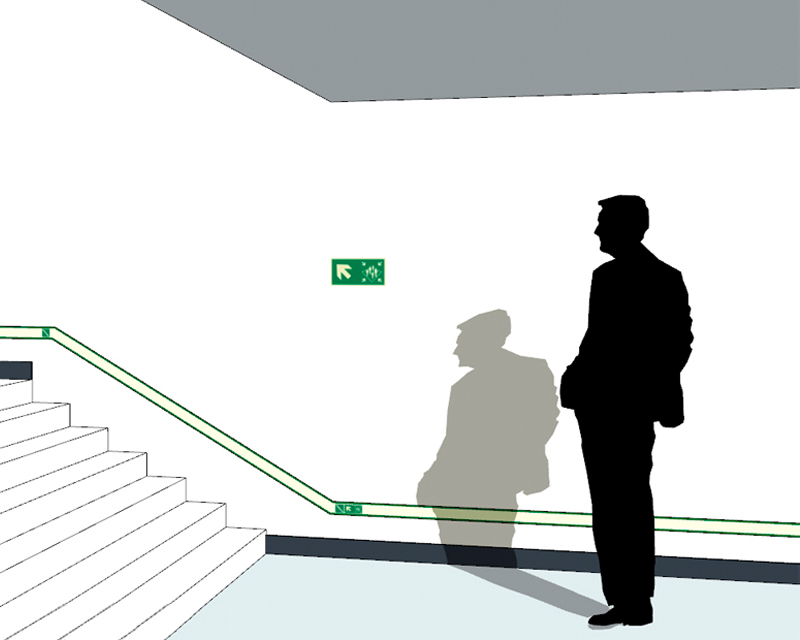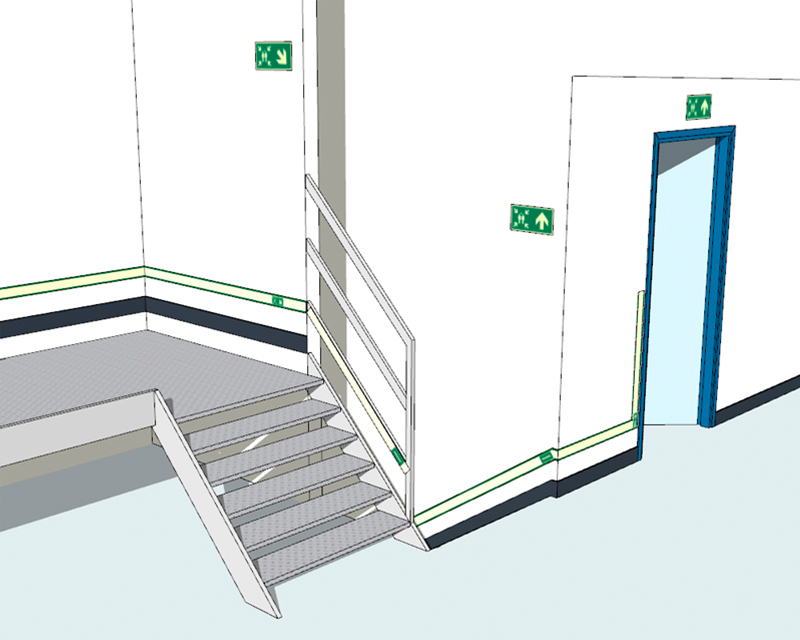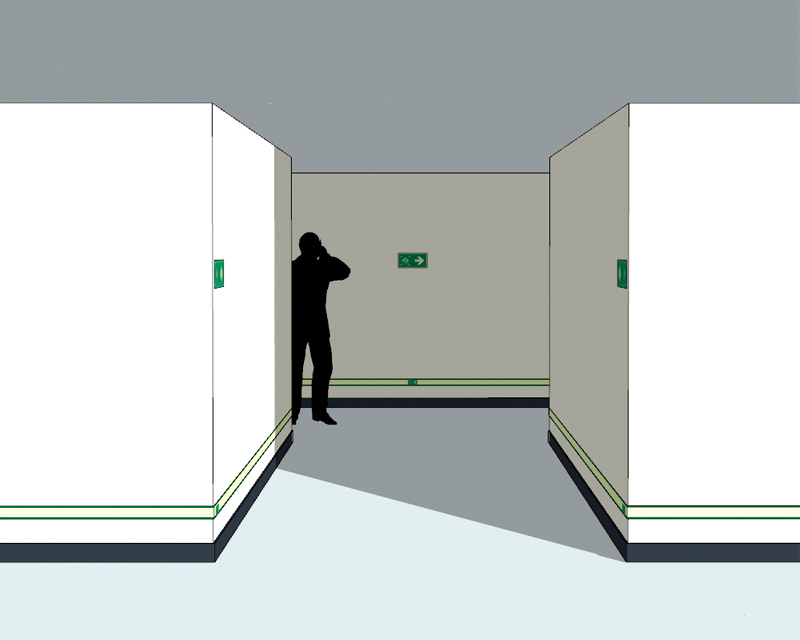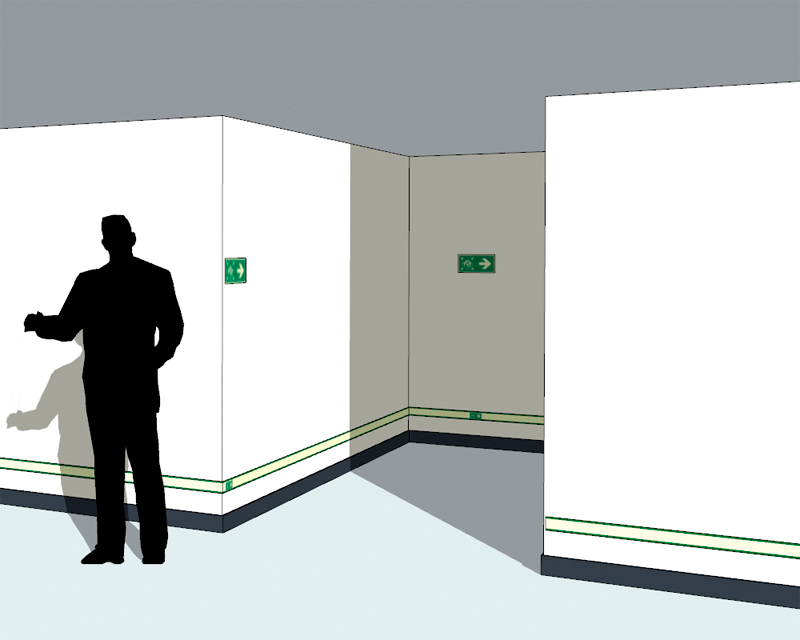Normative & Legal framework
Normative & Legal framework – Following legislation around guidance systems that first were introduced in airplanes and later in the maritime industry (IMO regulation) in 1989, many authorities have begun the process of standardizing Low Location Lighting systems.
The below rules, regulations and standards describe the technical performance and properties of the products used, how to install these products/systems and how to certify and maintain these products/systems.
Standard & Description:
- IMO Resolution A.752 (18) – Guidelines for the evaluation, testing and application of LLL on passenger ships
- SOLAS Convention 2004 – Means of escape – Marking of escape routes
- European Directive 2002/25/EC – Safety rules and standards for passenger ships
- ISO 15370 – Low Location Lighting (LLL) on passenger ships
- ISO 16069 – SWGS – Safety Way Guidance Systems
- ISO 24409-2:2014 – Ships and marine technology – Design, location and use of shipboard safety signs, fire control plan signs, safety notices and safety markings
- ISO 17398:2004 – Safety colours and safety signs – Classification, performance & durability of safety signs
Normative & Legal framework: Rules and regulations
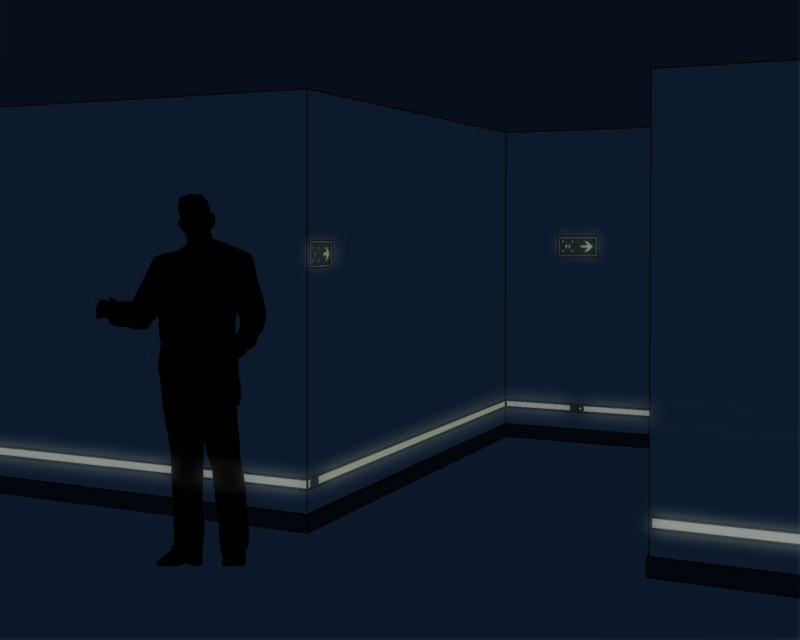
Blomsma Signs & Safety is a specialist for Low Location Lighting systems on Cruise Liners & Ferries. IMO & Solas regulations require that ships carrying more than 36 passengers shall be fitted with Low Location Lighting. Resolution A.752(18) & IS015370 details system requirements and testing procedures:
- The installed material must be Class/Wheelmark approved.
- All escape routes, including stairs, must be marked by LLL.
- Where stairs or corridors are more than 2m wide, LLL ships should be provided on both sides.
- ‘Exit’ signs should be provided at each exit, located on the same side as the door handle.
- Fire and watertight doors should be marked to show how the door opens.
- LLL lightning must be placed not more than 30cm above the deck at all points of the escape route.
- Systems must have their luminance tested at least once every 5 years.
Required luminance properties
The rules, regulations and standards classify the luminance of signage and low location lighting systems as per below table. Our product called ‘SafeSign’ photoluminescent material meets and exceeds all the required luminance properties.
The mentioned values according to IMO Res. A 752(18) in the left table are applicable when the height of the photo luminescent LLL is 75 mm. For all other heights, the values need to be re-calculated as specified in IS015370:2010 Annex D. Below table shows the minimum requirements for different heights.
* Luminescent intensity after removing the existing light.

